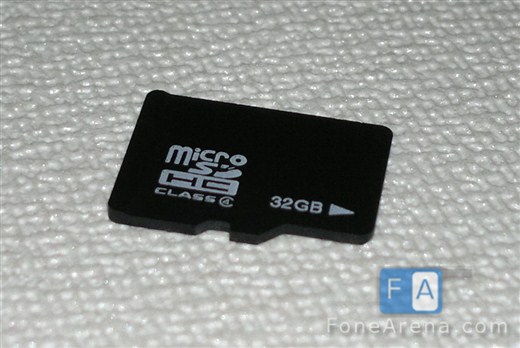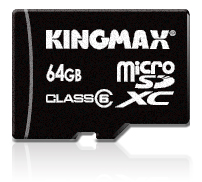Ever wondered what are these tiny chips ? Confused by the names ?
We are here to help you.
This article is about the various memory components available in the market for mobile phones.
Memory Stick

MS
Memory Stick is a removable flash memory card format, launched by Sony in October 1998, and is also used in general to describe the whole family of Memory Sticks. This family includes the Memory Stick Pro, a revision that allows greater maximum storage capacity and faster file transfer speeds, and Memory Stick Duo, a small-form-factor version of the Memory Stick.
50.0 ? 21.5 ? 2.8 mm
Memory Stick Duo
MS Duo
31.0 ? 20.0 ? 1.6 mm
The Memory Stick Duo, which is slightly smaller than the competing Secure Digital format, was developed in response to Sony’s need for a smaller flash memory card for pocket-sized digital cameras and cell phones, as well as Sony’s PSP. Memory Stick Duos are available in all the same variants as their larger cousins (normal ones limited to 128 MB, larger Pro Sticks, with and without High Speed mode, with and without MagicGate support), and a simple adapter (often sold along with the Memory Stick Duo) allows a Duo to be used in any device that can accept their larger cousins.
Memory Stick Micro M2
15.0 ? 12.5 ? 1.2 mm
In a joint venture with SanDisk, Sony announced a new Memory Stick format on 30 September 2005. The new Memory Stick M2 (“micro”) measures 15 ? 12.5 ? 1.2 mm and could theoretically have 32GB in the future. Maximum transfer speed is 160MB/s. It will come with an adaptor, much like the Duo Sticks, to ensure compatibility with current Pro devices.
Multi Media Card

MMC
32 ? 24 ? 1.5 mm
The MMC card or MultiMediaCard was introduced in 1997 by SanDisk Corporation and Siemens AG. At that point the MMC card was the smallest memory card, about the size of a postage stamp, in the market based on flash memory technology. The MMC card is very similar to the Secure Digital Memory Card, actually the SD Memory Card is based on the MMC card. They have almost the same form factor the only differences are that the SD Memory Cards are slightly thicker and they have a write protection switch.
Since the MMC card had slow transfer speed, 2.5 MB/sec, in comparison to other memory cards, mostly compared to SD Memory Card, a new high performance version of the MMC card was introduced in 2005 by the name MMCplus. The MMCplus has today the highest, up to 52 MB/sec, theoretical data transfer speed in the whole memory card industry.
The MultiMediaCard Association announced that by the end of 2005 the secureMMC application will be available only for the MMCplus and MMCmobile memory cards. The secureMMC is a copyright protection application that features DRM, Digital Rights Management, and VPN, Virtual Private Network, capabilities.
Reduced Size Multi Media Card
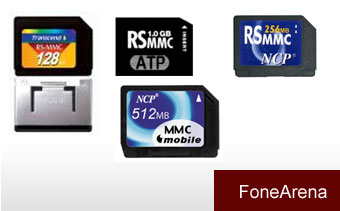
RS-MMC
16 ? 24 ? 1.5 mm
MMCmobile (RS-MMC)
RS-MMC, Reduced Size MultiMediaCard, was introduced in 2003 by the MultiMediaCard Association (MMCA) as the second form factor memory card in the MultiMediaCard family. The RS-MMC is a smaller version of the standard MMC card, approximately half in size, and was specifically designed to be used by mobile phones and other small portable devices.
Dual Voltage Reduced Size Multi Media Card
DV RS-MMC
16 ? 24 ? 1.5 mm
In 2005 the Dual Voltage (DV) RS-MMC was introduced. It is basically the same card like the standard RS-MMC but operates with dual voltage, 1.8V and 3.3V, leading to lower power consumption which contributes to longer lasting battery life for the host devices. The DV RS-MMC and the RS-MMC are completely compatible with each other but since some mobile phones, mostly from Nokia, only operate with 1.8V cards the regular RS-MMC will not work. We recommend to always buy the Dual Voltage RS-MMC for being sure your memory card will function with the electronic device.
MMCmicro Card
MMCmicro
12 ? 14 ? 1.1 mm
The MMCmicro, formerly known as S-CARD introduced by Samsung, was adopted and introduced in 2005 by the MultiMediaCard Association (MMCA) as the third form factor memory card in the MultiMediaCard family. MMCmicro is the smallest, about the size of a fingernail, memory card in the MultiMediaCard family and among the smallest in the world. It was specifically designed for being used in mobile phones and other small portable devices.
The MMCmicro memory card is available with an adaptor, MMCplus. This makes it not only compatible to all MMC and MMCplus slots but also to all SD Memory Card slots. It is important to keep in mind that music stored on MultiMediaCards my not be able to play back when inserted into a SD Memory Card slot due to the copyright protection features supported by the SD slots.
Since the MMCmicro is the latest memory card to be developed and introduced to the market it is not that compatible to many mobile phones and electronic devices yet. Still it is expected to be one of the memory card formats that will dominate in the mobile phone industry among the frontrunner microSD and the under development Memory Stick Micro.
Secure Digital Card

SD
32 ? 24 ? 2.1 mm
The SD Memory Card or Secure Digital was introduced in 2001 by SanDisk Corporation, Matsushita (Panasonic) and Toshiba. The SD Memory Card was based on the MultiMediaCard, MMC, memory card standard and has almost the same form factor, the size of a postage stamp, the only differences are that the SD memory card is slightly thicker and has a write protection switch. Since MMC cards are thinner than SD Memory Cards they can be used in all SD Memory Card slots but not vice versa.
The SD Memory Card is today the most common used memory card. It can be found in most digital cameras, PDAs and in many other electronic devices. The SD Memory Card slots can be used for more than flash memory cards. The SDIO, Secure Digital In & Out, is the general name for the many expansion modules that can be found in the SD Memory Card?s form factor. SDIO modules can be inserted in the slot and be used for other functions like Bluetooth adapters, GPS receivers, digital cameras, TV tuners, etc
miniSD Card
miniSD
21.5 ? 20 ? 1.4 mm
The miniSD was introduced in 2003 by SanDisk Corporation in cooperation with Matsushita (Panasonic) and Toshiba. Later in that year the miniSD format was adapted by the SD Card Association as the second form factor memory card in the Secure Digital family. MiniSD is a smaller version of the SD memory Card format, about 60% smaller in volume, and offers the same benefits as the SD Memory Card expect of the writing protection switch.
MiniSD was designed specifically to be used in small portable electronic devices like digital cameras and mobile phones. But since all miniSD memory cards always come with a SD Memory Card adaptor, they are compatible to all SD Memory Card slots and thereby provide compatibility with the rapidly growing number of SD Memory Card compatible devices in the market.
MiniSD was the second, after SD Memory Card, memory card to be adapted by the SD Card Association, which today consists of three members. In 2005 the microSD was introduced as the third, and smallest, member of the Secure Digital family.
microSD Card also known as Transflash
?SD
11 ? 15 ? 1 mm
rashFlash, formerly known as T-Flash, was introduced by SanDisk Corporation in 2004 as the world?s smallest memory card, approximately the size of a fingernail. TransFlash was specifically designed for being used in mobile phones. Motorola was the first mobile phone manufacturer to adapt the TransFlash memory card standard.
In the 3rd quarter of 2005 TransFlash was adapted by the SD Card Association as the third form factor memory card in the Secure Digital family, after SD Memory Card and miniSD. After the adoption, TransFlash changed name to microSD. The microSD has exactly the same dimensions and specifications as the TransFlash and therefore both memory cards are completely compatible to each other.
Today the microSD is the most common used memory card in mobile phones and the SD Card Association?s objective is to make microSD a de facto memory card standard for all mobile phones. All TransFlash and microSD cards always come with a SD Memory Card adaptor, which makes them compatible to all SD Memory Card slots. The microSD is about 10% in size compared to SD Memory Card and about 30% compared to miniSD.
xD-Picture Card

xD
20 ? 25 ? 1.7 mm
The xD-Picture Card was introduced in 2002 by Fuji Film and Olympus as a replacement to the older SmartMedia Card. It is produced exclusively by Toshiba and can be found branded only under the name of Fuji Film and Olympus.
The xD-Picture Card format was developed to be used in digital cameras and is more or less only used in Fuji Film and Olympus digital cameras. Like SmartMedia Card, the xD-Picture Card does not incorporate a controller chip which allows it to have a small form factor but at the same time making it dependable to the host device?s controller chip.
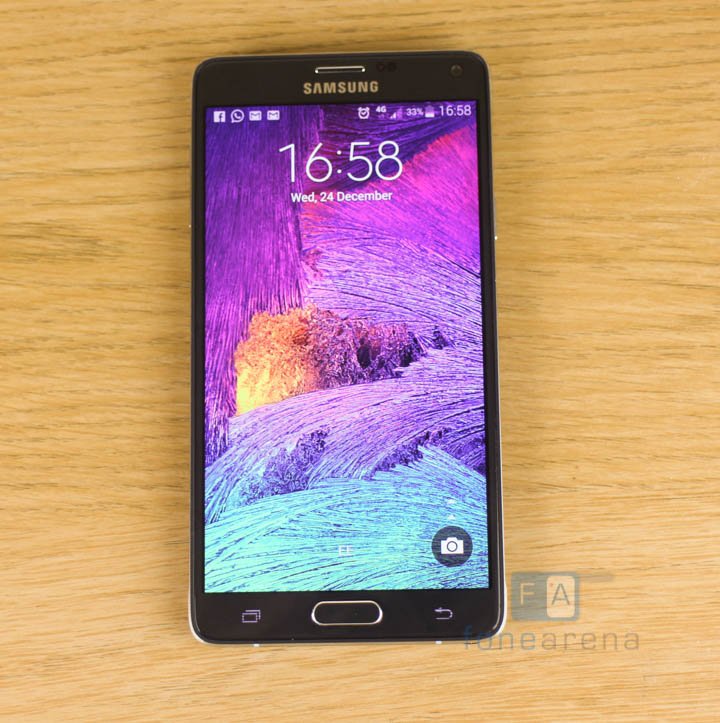 Continue reading “Samsung Galaxy Note 5 might not have a micro SD card slot”
Continue reading “Samsung Galaxy Note 5 might not have a micro SD card slot”
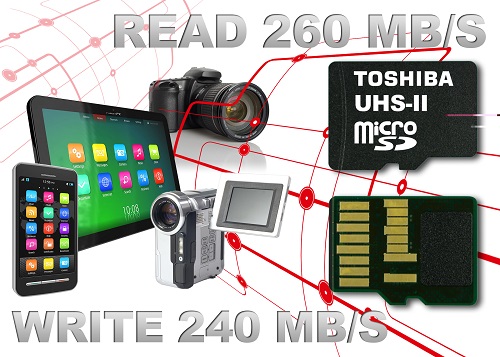
![[Review] Integral 32GB microSD card](https://images.fonearena.com/blog/wp-content/uploads/2012/01/HDTach-80x80.png)
